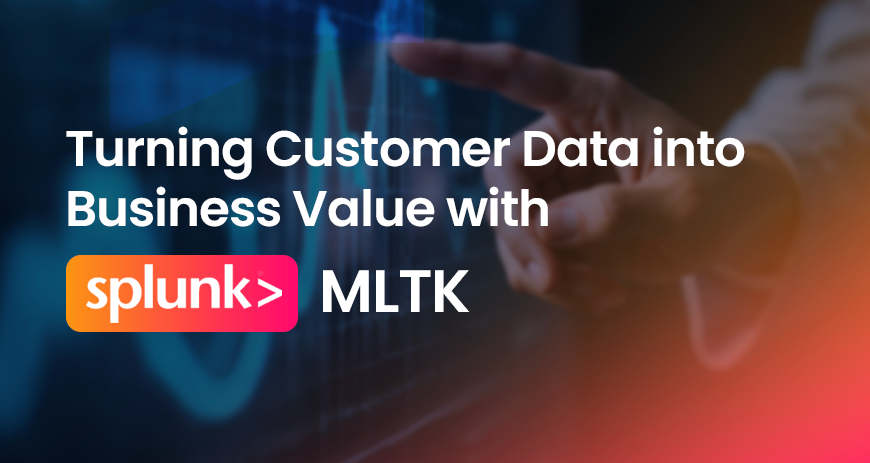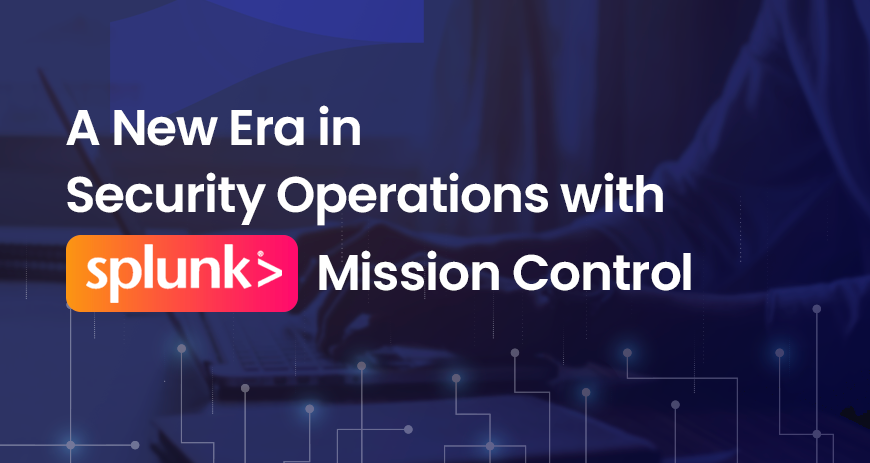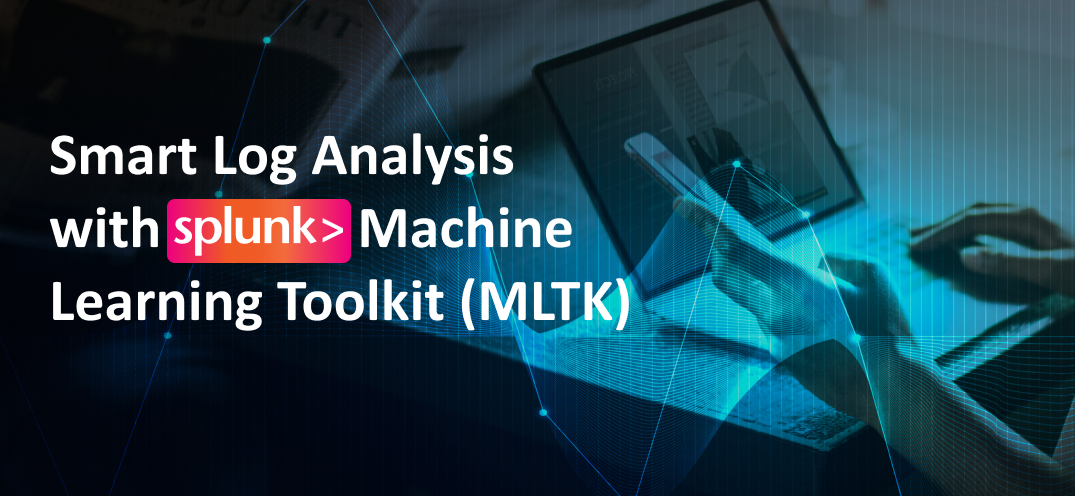Transitioning from CentOS to RHEL: Why, How? & The Impact of Sekom in the Migration Process
15 Mar 2024
Prepared by: Alperay Burak Keleş – Sekom – Sd-x & Cloud Technology Engineer
The end of CentOS support in the summer of 2024 marks a significant turning point for many organizations and users. Since support for CentOS Linux 7 will end on June 30, 2024, this means that users will need to consider alternative solutions. In this process, transitioning to a more robust and enterprise-supported platform like Red Hat Enterprise Linux (RHEL) is not only a necessity but also an opportunity to gain strategic advantages.
Support for CentOS Linux 8 ended in December 2021, and it was announced that there would be no CentOS 9 release. However, this does not mean the end of the CentOS Linux distribution. Community contributors and CentOS users will continue to collaborate on open-source Linux distributions as part of the CentOS Stream project, which will remain a significant part of the Red Hat Enterprise Linux development process. CentOS Stream not only contributes to the development of the next version of Red Hat Enterprise Linux but also enables the testing of supported software and hardware prior to release.
CentOS Stream – RHEL Differences
CentOS Stream provides the source code of Red Hat Enterprise Linux (RHEL) development to community members, allowing them to work on the code alongside Red Hat engineers and contribute to it. Community members can collaborate with Red Hat partners and ecosystem developers to adapt, submit patches, and propose changes that could potentially be included in the next version of Red Hat Enterprise Linux.
The key difference between CentOS and Red Hat Enterprise Linux is that CentOS is an open-source product, whereas Red Hat Enterprise Linux is an open-source enterprise product. CentOS Stream, CentOS Linux, and Red Hat Enterprise Linux are all different Linux distributions with varying levels of support, technical features, and development approaches.
The business value provided by Red Hat solutions is significantly higher compared to free alternatives. This value includes consistent security and reliability.
Some organizations believe that they can save money by performing frequent maintenance and avoiding subscription fees, leading them to opt for free software. However, IDC’s business value research has found that this is often not the case. Increased operational costs associated with personnel, maintenance, and testing can quickly exceed the expected savings.
IDC conducted interviews with two types of organizations: those deploying subscription-based Red Hat solutions and those using free, community-supported software. Over the long term, it was found that subscription costs proved to be more reasonable.
For instance, the business value that can be achieved with Red Hat solutions includes:
- 540% average 3-year Return on Investment (ROI)
- 9-month payback period
- 24% lower 3-year operating costs
- 32% more efficient IT infrastructure
- 72% fewer unplanned outages
Why Should You Choose Red Hat for Linux?
Red Hat is a trusted partner for more than 90% of Fortune 500 companies. To efficiently deploy your workloads across various environments, you need to operate under a security-focused OS. This provides significant flexibility for ensuring the portability and scalability of your processes across bare metal servers, virtual servers, containers, private, and public cloud infrastructures. The OS that fits this structure is Red Hat Enterprise Linux (RHEL).
Red Hat has developed RHEL to work seamlessly with environments such as AWS, Microsoft Azure, Google Cloud, Oracle Cloud Infrastructure (OCI), IBM Cloud, and others, offering its customers more flexibility in their existing infrastructures. With Red Hat Enterprise Linux, users can optimize cloud operations to run with the best configuration settings tailored to their needs.
A more secure data center starts with the operating system. Red Hat Enterprise Linux is equipped with security features such as Security-Enhanced Linux (SELinux) and Mandatory Access Control (MAC) to help you tackle security issues. Additionally, Red Hat Enterprise Linux is Common Criteria and FIPS 140-2 certified, and it is also the first Linux container framework to receive Common Criteria certification (v7.1).
Using RHEL means benefiting from thousands of developers who monitor millions of lines of code in the Linux kernel to detect and fix vulnerabilities before they become problematic. Moreover, you can apply security patches without interrupting operations. Red Hat also has expert teams to validate and implement these fixes without disrupting your applications. By choosing Red Hat’s extensive ecosystem of hardware, software, and cloud services, you also gain access to 24/7 support, ensuring that your systems are ready for future challenges.
A Red Hat Enterprise Linux subscription helps protect you by maintaining application stability through distribution options and updates for supported versions. Furthermore, these capabilities are provided through a 10-year lifecycle, allowing organizations to plan and implement necessary upgrades to newer versions of Red Hat Enterprise Linux with access to resources, tools, and consulting services.
Seamless Transition from CentOS to RHEL with Sekom Expertise
Transitioning from CentOS to RHEL can involve some complexities, but with the certified experts and extensive experience of Sekom, this process can be made simpler and smoother than expected. Sekom can assist your organization in the transition process through the following:
- Customized Transition Plan: With detailed assessment and planning, Sekom prepares a tailored transition plan based on your current configuration and needs.
- Efficient Conversion of CentOS Systems to RHEL: Sekom effectively utilizes tools like Convert2RHEL to convert your existing CentOS systems to RHEL while preserving your customizations and configurations. Convert2RHEL automatically identifies the OS packages from your original Linux distribution and replaces them with their Red Hat Enterprise Linux equivalents.
- If your CentOS server infrastructure is too large to handle Convert2RHEL operations individually, Sekom’s consultants and their Ansible Automation Platform (AAP) expertise come into play. Instead of managing each server individually, large-scale server park conversions can be handled more efficiently using automation techniques. With Sekom’s extensive experience and comprehensive knowledge of AAP, even complex and large-scale conversion projects can be executed smoothly.
- Proactive Monitoring with Red Hat Insights: Sekom leverages the power of Red Hat Insights for proactive monitoring and management of your systems. Additionally, tools like Red Hat Satellite and Ansible, in which Sekom’s team is highly skilled, help streamline your transition and business process management.
- At this point, conducting a comprehensive analysis of your existing systems with expert teams is crucial. Following the analysis by Sekom teams, the upgraded system is thoroughly tested, and workloads that are deemed unnecessary are retired. The objective throughout the process is to manage risks flawlessly, optimize costs, and enhance workflow efficiency.
- Training and Continuous Updates: Beyond providing the necessary knowledge and skills to effectively manage RHEL systems, Sekom ensures that you stay updated with ongoing training opportunities.
Transition Process: Step-by-Step Guide
- Assessment and Preparation:
- Assess your needs and existing infrastructure. You can start by using the migration assessment tool provided by Red Hat. This tool will ask questions regarding the number of employees, the purpose of use, the cloud solutions you are utilizing (if any), the intensity of instances, your preferred migration method, and the planned timeline.
- Planning:
- Create a timeline for the transition and allocate the necessary resources. At this stage, you can leverage the expertise of Sekom.
- Conversion:
- Convert your CentOS systems to RHEL. During this process, it is crucial to maintain customizations and configuration preferences.
- Testing and Verification:
- After the conversion process, conduct comprehensive testing of your systems. This step is vital for the early detection and resolution of potential issues.
- Training and Integration:
- Train your IT team in managing RHEL and fully integrate your systems into the new platform.
Conclusion
Transitioning from CentOS to RHEL presents a significant opportunity for your organization. This transition not only ensures that you move to a current and supported platform but also lays a strong foundation for your organization’s future technology needs. With the expertise of Sekom and the robust support structure of Red Hat, this transition will be simpler and more advantageous than you might expect.





